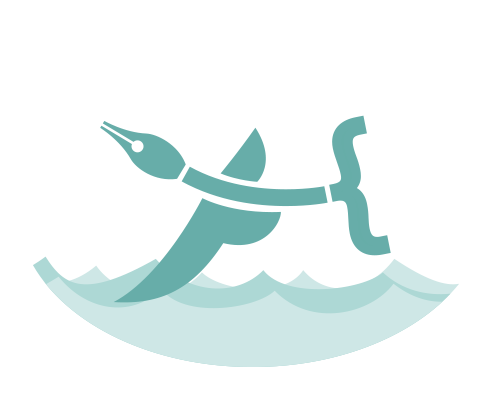 Design trends, technologies, influences, colleagues, mentors, and practice are constant teachers. I worry about the learning of two focuses that regularly intersect with my work: drawing and coding. If you are a designer, you have run into the edge of your abilities in both of these situations. There’s nothing wrong with this, but it happens enough to me that I wonder if there is ever going to be an “enough” learning for both. That leads to more questions: Am I proficient enough to make great work? What am I missing? Am I getting lost by focusing so much on my role as a designer?
Design trends, technologies, influences, colleagues, mentors, and practice are constant teachers. I worry about the learning of two focuses that regularly intersect with my work: drawing and coding. If you are a designer, you have run into the edge of your abilities in both of these situations. There’s nothing wrong with this, but it happens enough to me that I wonder if there is ever going to be an “enough” learning for both. That leads to more questions: Am I proficient enough to make great work? What am I missing? Am I getting lost by focusing so much on my role as a designer?
If you follow this line of questions enough you can eventually feel overwhelmed and defeated by the idea, having seen so many great portfolios and projects. So what should we do? Is having your head down and focusing on design the right answer, or do we need to push ahead and constantly drive toward exploration in related fields?
I believe it depends on your needs and goals. Sometimes I work with developers that manage my designs within an application. My goal is to have at least a conversational knowledge of coding capabilities so that the work I do supports the methods used by developers. Knowing what a framework or language is doing can be helpful to managing expectations and keeping ideas close to reality.
In the case of illustration, a basic ability helps to think convey ideas to clients or colleagues. If you are a visual learner it will support your creative process. On a regular basis I find it helpful to draw out a concept before going to the computer, or working through an idea with a rough sketch to share with someone else.
Small steps add up over time
After reading this and deciding to increase your abilities, how do you start? The path you choose is personal but learning small amounts at a time is helpful – as well as setting workable goals. Start small, stay small, and be consistent. Instead of setting out to build an app or redefine an illustration style, take five minutes at a time to read (and re-read) a tutorial or simple concept. Take five minutes to make a series of gesture drawings of objects in your studio. If you find that something holds your attention longer – great. Practice as long as you like but commit to something small and be consistent.